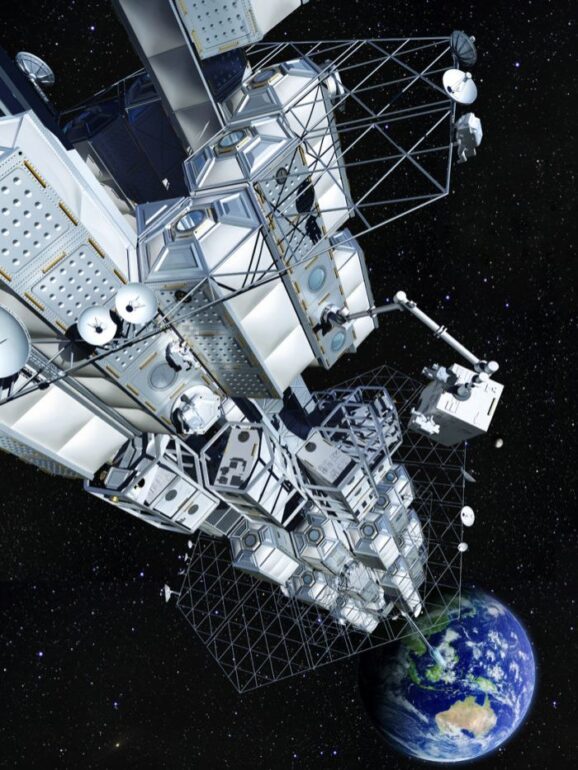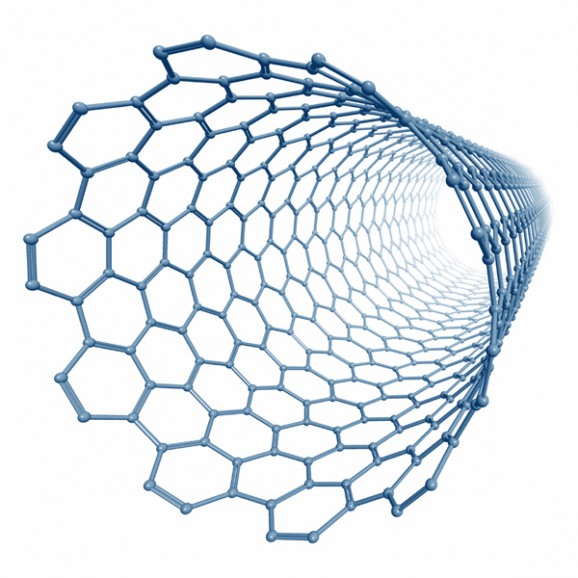Japanese Company Plans To Build Space Elevator By 2050
This article is more than 2 years old
 Arthur Clarke is credited as the first sci-fi writer to describe a space elevator in Fountains of Paradise, which he published back in 1978, though the idea itself can be traced back to late 1800s Russia —or to Jack and the Beanstalk, take your pick. The idea makes sense, and would be far cheaper than hopping on a rocket, but the problem is really the cable, and finding a material strong enough to support the weight of people and cargo. But with the discovery of carbon nanotubes, we may have solved the problem that had been standing in the way of constructing a practical space elevator. At least, that’s what the Obayashi Corporation thinks. The Japanese company recently announced that they plan to construct a space elevator that will be ready for service by 2050.
Arthur Clarke is credited as the first sci-fi writer to describe a space elevator in Fountains of Paradise, which he published back in 1978, though the idea itself can be traced back to late 1800s Russia —or to Jack and the Beanstalk, take your pick. The idea makes sense, and would be far cheaper than hopping on a rocket, but the problem is really the cable, and finding a material strong enough to support the weight of people and cargo. But with the discovery of carbon nanotubes, we may have solved the problem that had been standing in the way of constructing a practical space elevator. At least, that’s what the Obayashi Corporation thinks. The Japanese company recently announced that they plan to construct a space elevator that will be ready for service by 2050.
Carbon nanotubes are tiny cylinders made from carbon atoms. They conduct electricity, heat, and light, and are roughly 200 times stronger than steel, as well as 5 times more elastic. They can also transfer electricity five times better than copper, and heat 1000 times better—and they weigh far less. They don’t corrode, they don’t expand or contract with temperature fluctuations like other metals. In short, carbon nanotubes are pretty darn magical, which is what Obayashi is banking on.

A bunch of universities across Japan have been working on the various challenges and components of the space elevator, participating in conferences and competitions throughout the year for the development of robotic cars, as well as cables. The company also says that it will need international help to achieve its goal—one that would drastically reduce the cost of taking cargo into space to some $200 per kilogram, as opposed to $22,000 per kilogram. It could also reduce the cost of getting tourists into space.
I wonder what SpaceX, Boeing, and Virgin Galactic think of this plan.











